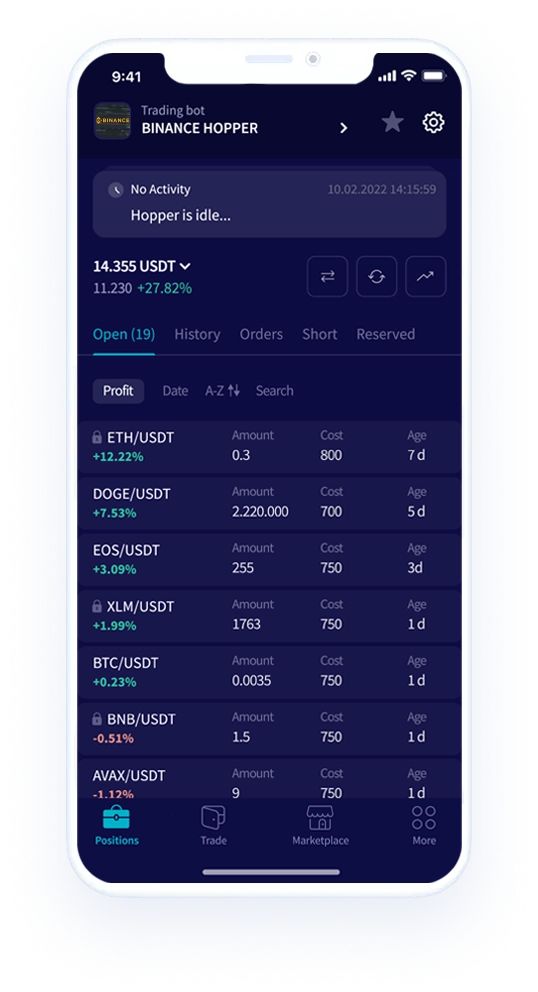Understanding Liquidation Price in Crypto Futures Trading
In crypto futures trading, understanding your liquidation and bankruptcy prices is key to managing risk. This guide explains these critical thresholds and how they protect you by controlling losses when market conditions turn adverse.
TLDR In crypto futures trading, the liquidation price is where your positions start closing to limit losses when your margin falls below required levels, while the bankruptcy price is where your initial collateral is entirely lost. Insurance funds help cover deficits, making it essential to understand these thresholds for proper risk management.
Liquidation is a common challenge when trading cryptocurrency futures, and if you're new to crypto derivatives, the concept can be confusing. When you're trading perpetual contracts on any cryptocurrency exchange it's crucial to understand two key prices: the liquidation price and the bankruptcy price. These thresholds determine how and when your open positions may be forcibly closed.
In this guide, you'll explore what liquidation and bankruptcy prices mean, and learn the roles of both thresholds in managing your crypto trades.
Understanding Liquidation in Crypto
Liquidation happens when your margin balance falls below the required maintenance margin. Your margin balance is the sum of your wallet balance and unrealized PnL, while the maintenance margin is the minimum amount needed to keep your futures position open.
On several exchanges, such as Binance Futures, liquidation is triggered based on the Mark Price, which is an estimated true value of a contract. The Mark Price reflects the asset's fair value to help prevent unnecessary liquidations during volatile market conditions. In contrast, the Last Price is simply the most recent traded price of a futures contract on the exchange.
Distinguishing Liquidation Price and Bankruptcy Price
The liquidation price is the level at which your position begins to be liquidated. Several factors influence this threshold, including the leverage you’re using, the maintenance margin rate, the current price of the cryptocurrency, and your remaining account balance. In contrast, the bankruptcy price is the point at which your losses equal your deposited collateral or initial margin—in other words, when your margin balance hits zero.
How a Liquidation Order is Executed
Let’s take a closer look at how a liquidation order works with a simple example. Imagine you buy $10,000 worth of Bitcoin when the price is $100,000, using 10x leverage. This means you only need to put up $1,000 of your own money as the initial margin, with a maintenance margin of $100. If the market moves against you, understanding the roles of the liquidation and bankruptcy prices becomes crucial.
Think of these two prices as steps in a safety mechanism: the liquidation price is the first level designed to mitigate excessive losses, and if the situation deteriorates further, the bankruptcy price represents the final threshold where your funds are entirely depleted.
Insurance Funds: Safeguarding Against Liquidation Risks
Many exchanges employ Insurance Funds to protect against losses when traders face liquidation. When your collateral falls below the required maintenance margin and you’re unable to sell your positions—resulting in a negative account balance—you are declared bankrupt, and the exchange takes control of your remaining positions.
If your position is liquidated at a price higher than the bankruptcy price, meaning your losses have not exceeded your initial margin, any remaining funds go into the Insurance Fund. However, if the liquidation price falls below the bankruptcy price, your losses surpass your initial margin, and the Insurance Fund will cover the deficit.
Bottom Line
Understanding liquidation and bankruptcy prices is crucial for effectively managing risk in crypto futures trading. These thresholds act as critical safety nets: the liquidation price initiates a controlled exit to prevent further losses, while the bankruptcy price marks the point at which your collateral is fully exhausted.
Recognizing the interplay between leverage, maintenance margin, and market volatility—as reflected by the Mark Price versus the Last Price—empowers traders to make informed decisions and utilize tools like insurance funds to mitigate potential losses. This knowledge is essential for navigating the inherently risky environment of crypto derivatives trading.

